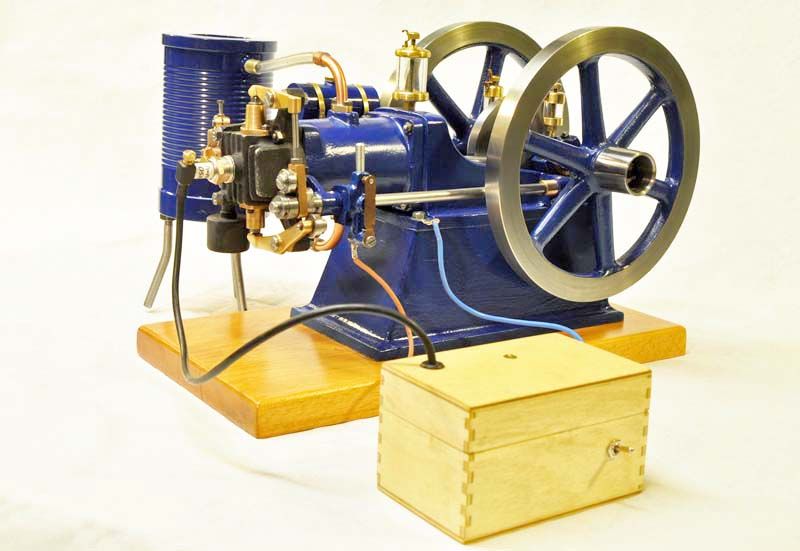.
Thanks Rod.
Time to bore the hopper which will take the cylinder liner. This took quite a bit of head scratching and ummm-ing and arrrrr-ing of where to start as being a casting there was no true reference point. So after some deliberation I made some milling cuts that I could use as such. There are several axis with this part that have to be correct. – Some visual and some important from an engineering point. One of the visual ones is that the liner protrudes as true / central as possible through the taper at the back of the hopper.
No going back now after this first boring cut to accept the liner.

The tricky one was to reverse the casting and bore the face on the cylinder head end so that it lined up spot on with the bore at the rear. This was done with the ref cuts I had made, a lazer edge finder and my blessed DRO. – there is also a step in this hole to accept a flange on the liner.

I resisted the temptation to check a good alignment for the liner as while I had the DRO settings with the casting in that position I figured it would be a good time to do the PCD bolt holes for the cylinder head.


Happy days.!!  – If this had not worked out the cat would have had the kicking of it's life.
– If this had not worked out the cat would have had the kicking of it's life. 




I still have to bore the liner out as it's just had a 38mm drill through it. It needs to be at 42mm with a good finish.
I can drink red wine and sleep contentedly tonight now. 
Nick
Edited By Nick_G on 25/03/2017 16:58:58
Henry Brown.

































